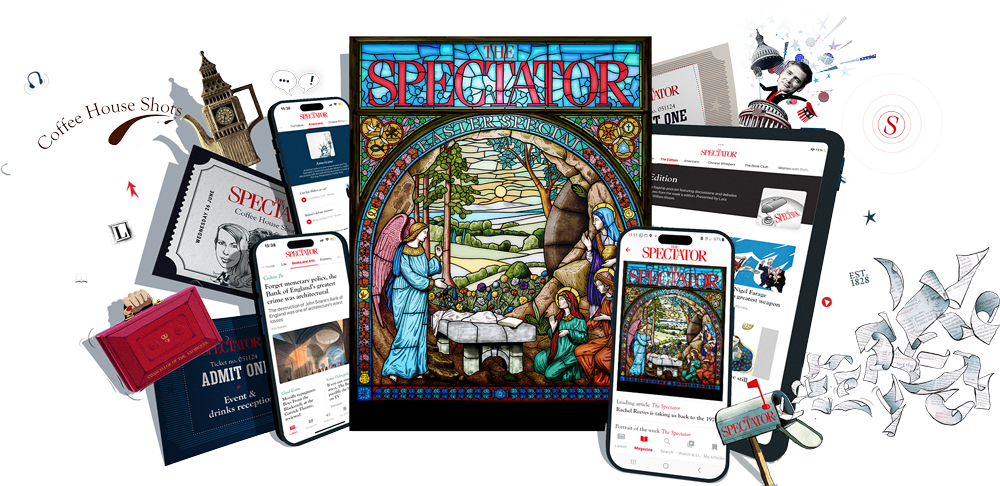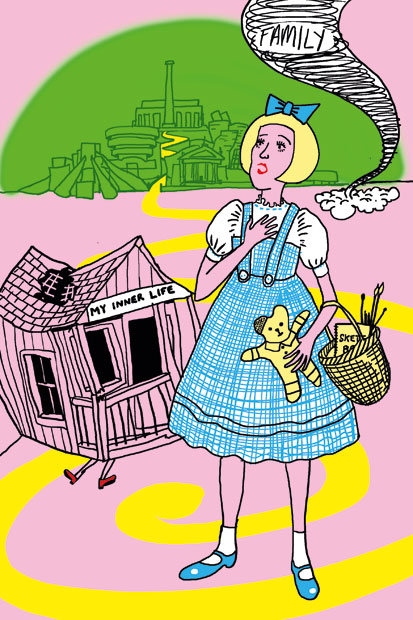At the time it was all too easy to get sucked in by the hype. In 2013, Grayson Perry was the first visual artist ever to give the Reith Lectures and — unlike so many of his dry, earnest predecessors — here was a speaker ready to fulfil all three Reithian aims: to inform, educate and entertain. (‘I still find commercial art galleries intimidating,’ he observed in the first lecture. ‘From the frighteningly chic gallery girls on the front desk to the reverential hush around arcane lumps of stuff inside.’)
Here also was a transvestite potter from Essex being welcomed to the heart of the British cultural establishment, a one-time outsider who’d made his name with pots depicting fetishism and bondage.
Greeted by critical acclaim, audience laughter throughout and feet-stamping appreciation at the end, the lectures were a four-part quest to explain the strange workings of the contemporary art world. They have now been tidied up — and complemented by a set of cartoon illustrations — for a book called Playing to the Gallery. Its publication allows us to assess, beyond the pithy observations, just how much depth there was to Perry’s discourse.
He certainly asks many pertinent questions — such as ‘what is good art?’, ‘who is the judge of that today?’ and ‘has art lost its ability to tell stories, mass-communicate and push boundaries, becoming instead an asset class, big lumpen loads of cash on walls?’
Perry is a likeable guide through slightly off-putting waters, a non-elitist who feels that art should be for everyone. He’s a convincing guide to boot, as someone who — en route to national treasure status, with a CBE and Royal Academicianship — has successfully navigated those waters over three decades.
At several points, I find his views entirely echoing my own.








Comments
Join the debate for just £1 a month
Be part of the conversation with other Spectator readers by getting your first three months for £3.
UNLOCK ACCESS Just £1 a monthAlready a subscriber? Log in